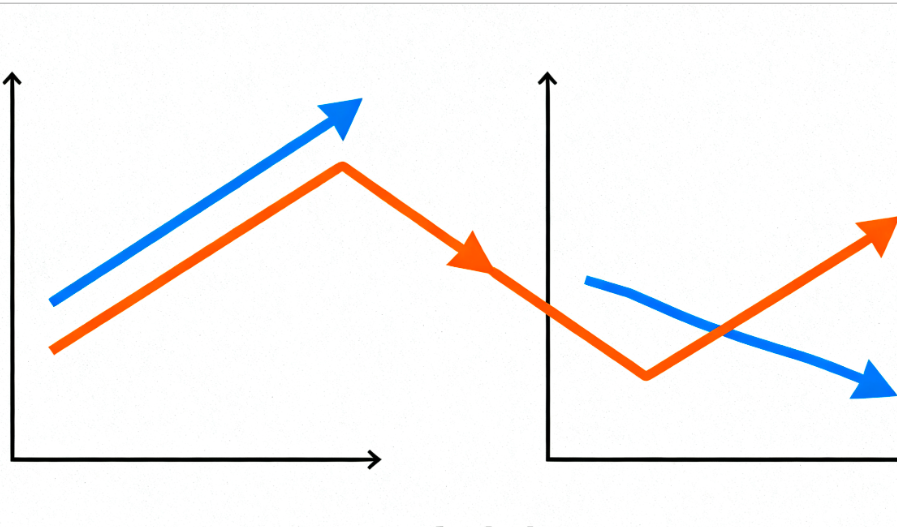
After the Federal Reserve officially initiated interest rate cuts and signaled the possibility of two cuts within the year, market sentiment in the U.S. once soared, with investors widely betting on an anticipated bull market in U.S. stocks. However, a speech by Fed Chair Powell on September 23 dampened this optimism. He explicitly stated that U.S. stock valuations were too high, promptly triggering a market correction. The three major stock indices fell for three consecutive days, dealing a heavy blow to bull market expectations.
From the perspective of global capital flows, Powell's move was not without reason. If market expectations for rate cuts continue to strengthen, a decline in the U.S. dollar index is almost inevitable, which would reduce the attractiveness of capital flowing back to the U.S. and could instead hinder investment and growth. Against the backdrop of additional tariff policies, it will become even more difficult for the Fed to find the so-called "natural interest rate." Therefore, guiding the market not to overly anticipate easing might be Powell's true intention.
A deeper reason lies in the fragile fiscal situation of the United States. As fiscal stimulus policies like the "Big and Beautiful Act" are implemented, the anchoring effect of U.S. dollar assets is gradually weakening. If interest rate cuts continue under high debt pressure, the risk of large-scale sell-offs of U.S. dollar assets by global investors will intensify. For Powell, who has only a few months left in his term, this is clearly an unbearable consequence. Thus, he must use his rhetoric to steer the market and avoid the formation of a one-sided expectation of easing.
Furthermore, the Fed also aims to send a signal: even if rate cuts are a passive choice, it will maintain its independence and not fully cater to the political demands of the White House. Especially since the inflation issue has not been truly resolved, if tariffs push up prices, the efforts of tightening over the past few years could be wasted. Given that the pass-through of supply chain adjustments to prices might集中显现 (become apparent collectively) in about six months, the Fed must remain vigilant.
Currently, the U.S. debt level has exceeded 123% of GDP, far surpassing the IMF's warning threshold, raising serious doubts about fiscal sustainability. The weakening dollar, rising gold prices, and volatility in U.S. bonds all reflect investors' unease about the U.S. economy. For the Fed, the trend of rate cuts is almost inevitable, but how to balance "stabilizing growth" and "controlling inflation," while preventing the market from forming a one-sided expectation, will be Powell's greatest challenge.
















